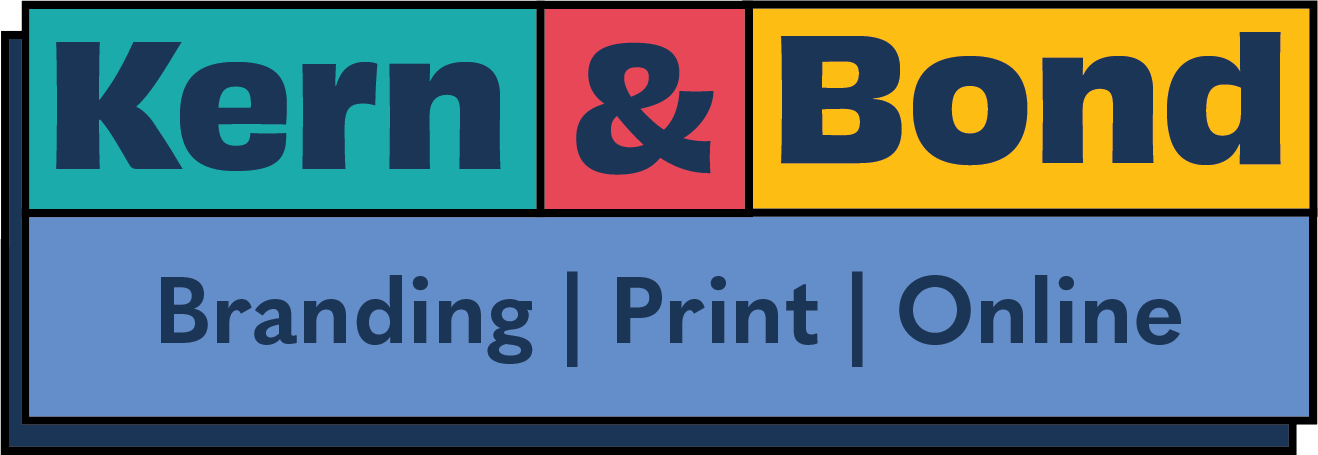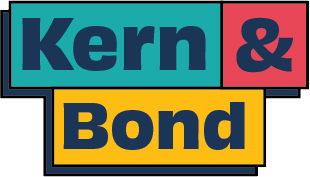Website platforms: compared
It all begins with an idea.
Choosing the right website platform for your business or personal needs can be a crucial decision. Each platform has its own features, strengths, and limitations. Let's compare some popular website platforms to help you make an informed choice:
1. WordPress:
WordPress is a versatile and widely used platform, available in two versions: WordPress.com (hosted) and WordPress.org (self-hosted). It's known for its flexibility, allowing you to create any type of website, from blogs to e-commerce stores.
Pros:
Huge selection of themes and plugins for customisation.
Full control over design and functionality with the self-hosted option.
Excellent for content-rich websites, blogs, and e-commerce.
Cons:
Learning curve for beginners.
Maintenance and security updates are your responsibility for self-hosted WordPress.
Plugins and themes from third-party developers may vary in quality.
2. Wix:
Wix is a user-friendly platform that's known for its drag-and-drop website builder. It's a popular choice for small businesses and individuals looking to quickly create a visually appealing website.
Pros:
Intuitive drag-and-drop interface, suitable for beginners.
A wide range of templates catering to various industries.
All-in-one solution, including hosting and security.
Cons:
Limited flexibility for advanced customisation compared to some other platforms.
Switching templates can sometimes be challenging.
Not the best choice for highly complex or large-scale websites.
3. Squarespace:
Squarespace is known for its stunning, modern templates and ease of use. It's a great choice for creatives, small businesses, and portfolios.
Pros:
Visually appealing templates that require minimal design effort.
Integrated e-commerce functionality.
Offers domain hosting and SSL security.
Cons:
Less flexibility for customisation compared to WordPress.
Limited third-party integrations and plugins.
Learning curve for users who want more advanced features.
4. Shopify:
Shopify is a dedicated e-commerce platform, perfect for online stores of all sizes. It's built to handle product listings, payments, and shipping.
Pros:
Specialised for e-commerce with a wide range of e-commerce features.
Secure payment gateways and customisable product catalogs.
Easy to manage inventory, orders, and shipping.
Cons:
Primarily designed for e-commerce, so not ideal for content-heavy sites.
Monthly subscription fees and transaction fees for certain payment gateways.
Customisation can be limited without knowledge of coding.
5. Joomla:
Joomla is another open-source content management system similar to WordPress. It's more suitable for websites that require complex functionalities.
Pros:
Offers more advanced features out of the box compared to WordPress.
Suitable for larger websites with intricate structures.
Robust user management and permission settings.
Cons:
Steeper learning curve for beginners compared to platforms like WordPress.
Smaller community and fewer plugins/themes than WordPress.
Customisation might require coding knowledge.
In the world of website platforms, finding the right fit is essential for a successful online presence. Each platform offers its unique advantages, catering to different needs and preferences. If you're seeking to elevate your brand's online identity to the next level, consider the benefits of professional web design services.
Ready to Stand Out with a Custom Website Design?
While website platforms provide fantastic tools for creating websites, a custom-designed website can take your brand's identity to new heights. With 13 years designing and building websites on various platforms, I specialise in crafting tailored online experiences that resonate with your target audience, enhance user engagement, and align seamlessly with your brand values.
From stunning visuals to user-friendly interfaces, my web design services can transform your online presence into a captivating digital destination. Whether you're a small business owner, an entrepreneur, or an individual seeking to make an impact, our team is here to help you create a website that truly stands out.
Why Choose My Web Design Services?
Tailored Solutions: I understand that your brand is unique. I will work closely with you to create a website that reflects your vision and goals.
Professional Expertise: With years of experience, I possess the skills and knowledge needed to deliver a top-notch website that drives results.
User-Centric Design: I prioritize user experience, ensuring that your website is intuitive, responsive, and optimized for conversions.
Full-service Approach: From concept to launch, I handle every aspect of web design, allowing you to focus on what you do best—running your business.
Ready to Elevate Your Online Presence?
Contact me Today!
Demystifying Design: Understanding the Difference Between a Logo and Branding
In the world of graphic design, terms like "logo" and "branding" are often used interchangeably, but they represent distinct aspects of a company's visual identity. Both are essential elements, yet they serve different purposes in communicating a brand's essence to its audience. Let's delve into the nuances that set them apart and explore their interconnected roles.
In the world of graphic design, terms like "logo" and "branding" are often used interchangeably, but they represent distinct aspects of a company's visual identity. Both are essential elements, yet they serve different purposes in communicating a brand's essence to its audience. Let's delve into the nuances that set them apart and explore their interconnected roles.
The Logo: A Visual Signature
At its core, a logo is a visual representation of a brand or company. It's the face of your business, instantly recognizable and memorable. A well-designed logo distills the essence of your brand into a single mark, often combining typography, symbols, and colors to create a cohesive visual element.
Key Characteristics of a Logo:
Simplicity: Logos are most effective when they are simple and easily recognizable, making them versatile across various applications.
Memorability: A strong logo leaves a lasting impression, making your brand more memorable to consumers.
Instant Recognition: Logos serve as an immediate identifier for your brand, allowing consumers to associate it with your products or services.
Branding: A Holistic Identity System
Branding, on the other hand, encompasses a much broader scope. It's the comprehensive strategy that defines how your brand is perceived by the world. Branding extends beyond the visual elements to include the tone of voice, messaging, values, and overall experience associated with your brand.
Key Components of Branding:
Visual Identity: While a logo is part of the visual identity, branding includes a consistent visual language that extends to color palettes, typography, imagery, and design elements.
Brand Voice and Messaging: Your brand's personality is communicated through the tone of voice used in copywriting and messaging. Are you friendly and approachable or formal and authoritative? The choice of words matters.
Values and Storytelling: A brand's story and values help build emotional connections with customers. Effective branding communicates what your brand stands for and why it matters.
Consistency: One of the most crucial aspects of branding is consistency. Every touchpoint with your audience, from social media to packaging, should align with the brand's identity.
The Interplay: How Logos and Branding Coexist
A logo is an integral part of a brand's visual identity, serving as a recognizable symbol that encapsulates the brand's values and personality. However, it's important to understand that a logo alone does not encompass the entirety of branding. A strong logo should seamlessly integrate into a broader branding strategy.
Think of branding as the foundation upon which the logo stands. Your logo is a powerful representation, but it gains its true strength when supported by a well-defined brand strategy that guides how your business interacts with its audience.
In conclusion, while a logo and branding are distinct concepts, they work hand in hand to create a cohesive and impactful brand identity. A logo is the face, the first impression, while branding is the holistic approach that shapes the perception and emotions associated with your brand. By understanding and effectively utilizing both elements, you can build a brand that resonates with your audience on a deeper level.

